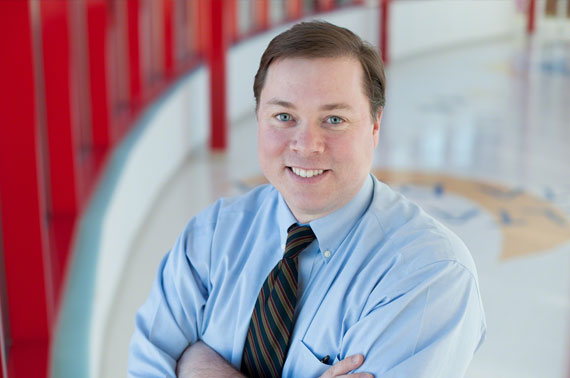Understanding the Barriers to Banking for Boys

Less than half of adolescent and young adult males bank sperm before cancer treatment. We reached out to interview AFP Advisor James Klosky, PhD, a leading expert with newly published research from his work at St. Jude on the topic to learn why. When we asked Dr. Klosky, why he believes adolescent cancer patients might be opposed to sperm banking, he stated that there were a number of reasons they would chose not to bank.
First, he explained that some patients are not “developmentally ready.” He said this might be due to a lower Tanner stage, no history of masturbation, a lack of understanding about the long-term implications of not banking, or a lack of recommendation or support from parent or medical team.
Second, he said some patients are simply too sick at the time of diagnosis. They may have pain, nausea from their medications, or physical discomfort from tumor obstruction.
Third, some adolescents are not psychologically prepared to bank. They may have a lot of anxiety caused by their diagnosis, and many lack the self-esteem to feel confident about their ability to complete the sperm banking, or the or self-efficacy to advocate for themselves.
Lastly, some patients (or families) have religious, cultural, or personal objections about masturbation or use of assisted reproductive technologies.
And although St. Jude pays for the costs associated with collection, processing, and subsequent cryopreservation of the sample, there are still many children’s hospitals where this type of funding is not available. In these cases, the significant upfront and out-of-pocket costs can also affect a family’s decision to bank sperm.
Since the Alliance for Fertility Preservation seeks to explore where the breakdown is when it comes to ensuring that fertility preservation is at least discussed as an option, we asked Dr. Klosky about this. Is it because oncologists don’t think to suggest it? Or maybe because these male adolescents are so young, no one considers it?
Klosky stated that, historically, a lack of communication on this topic has been implicated. “Ideally,” he added, “Sperm banking should take place prior to the initiation of cancer therapy. This early stage in the cancer trajectory is typically very busy, and much effort is spent by the medical team in the development of the treatment plan and immediately working towards a cure. As a result, sometime survivorship issues, like maintaining one’s fertility, become secondary, and important discussions regarding risk and potential preservation are under-prioritized during this early period of cancer diagnosis and treatment initiation in which fertility preservation should take place.”
He also pointed out that sometimes, the provider may be uncomfortable discussing the collection process. “Many are less prepared to conduct a psychosexual assessment to determine whether the patient is a good candidate for sperm banking. As a result, there is a national trend for psychological professionals (like myself) to assist in determining patient candidacy for sperm banking. These professionals are often available to engage in these very sensitive discussions.”
When we discussed ways awareness could be raised around the topic of fertility preservation for those who have been diagnosed with childhood cancer, he noted that it is important that this not be a one-time conversation. Instead of taking place only at the time of diagnosis, they should continue throughout the treatment process – and into cancer survivorship. Klosky thinks this is crucial because the relative importance of fertility can vary as a function of where the patient is developmentally. He provided an example:
“A male who is diagnosed at 16 years of age may experience very little distress when being told that he is at high risk for infertility secondary to his cancer treatment because a primary focus within the context of his sexual behavior has been to avoid pregnancy. But if I were to talk to this young man at 30 years of age and he and his wife were having extreme difficulty getting pregnant and had a high desire for biological children, his feelings about fertility might be significantly different now based on where he is in his life. Also, these discussions will also allow for the assessment (and potential intervention) of fertility-related distress.
Similarly, if discussions were held with a 17-year-old female regarding probable infertility based on her impending cancer treatment, but she was too anxious and overwhelmed to really hear these messages at the time of diagnosis, she may decline efforts to engage in fertility preservation. If this contact was the only time this discussion was to take place, she may have no memory of this interaction and may also be unaware that oocyte retrieval and cryopreservation may still be possible a year after cancer treatment should she still have some (but quickly declining) ovarian reserve.
Also, some patients experience some psychological relief after experiencing a fertility work-up, so having clarity regarding their fertility status can also be beneficial. So overall, continued discussions about fertility across the cancer continuum, appropriate referrals to fertility specialists, and increased provider training in how to initiate and participate in these discussion is key.”
This interview was conducted by the AFP’s Jay Palumbo.
Share This Post